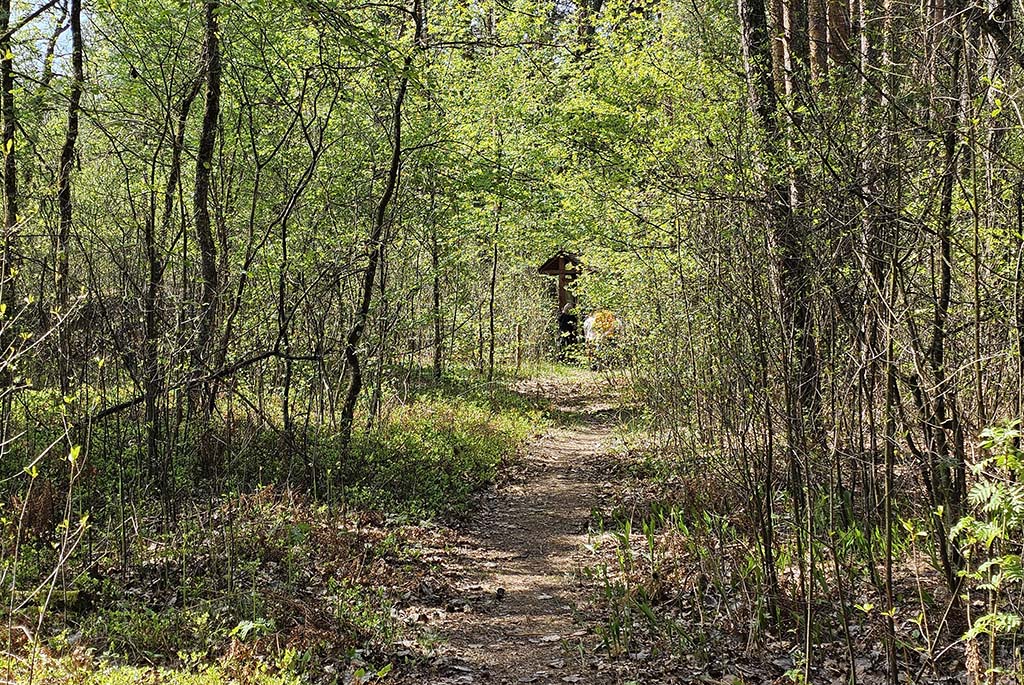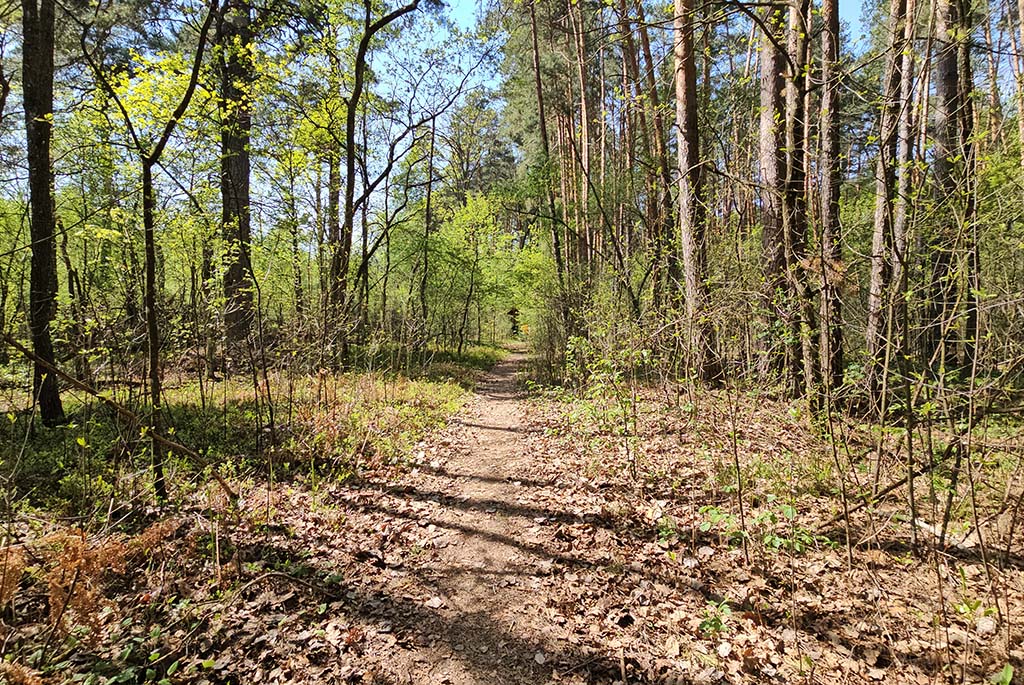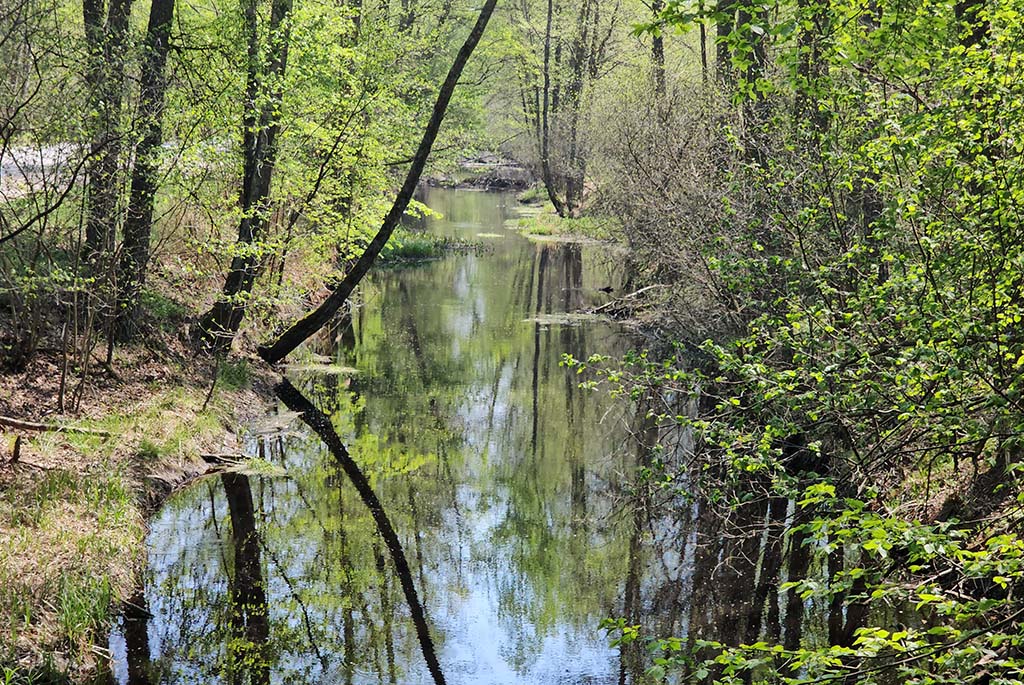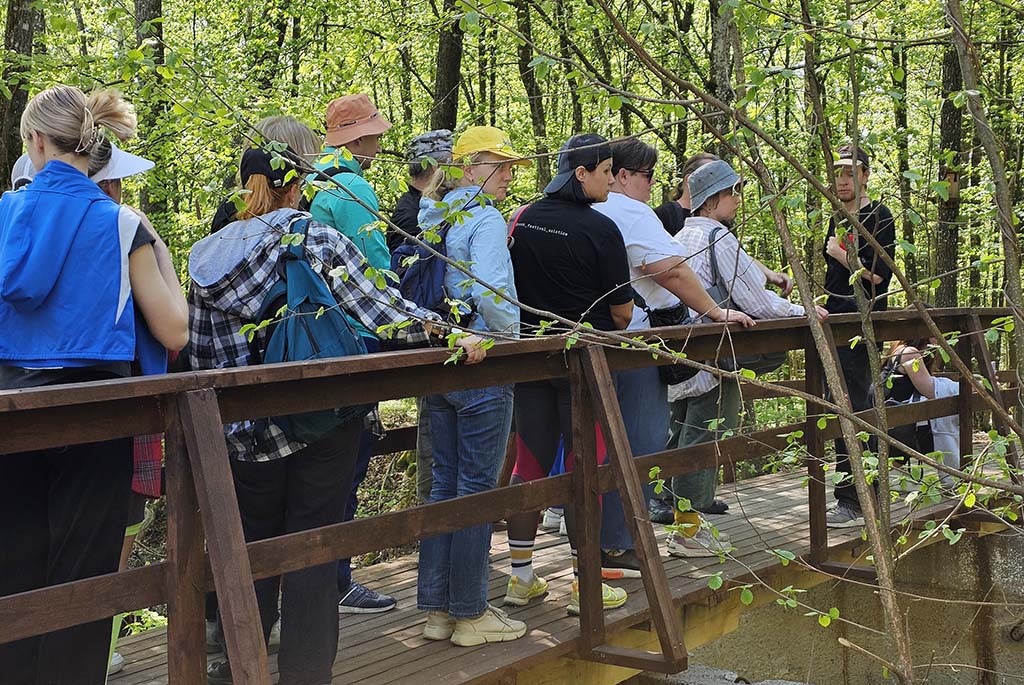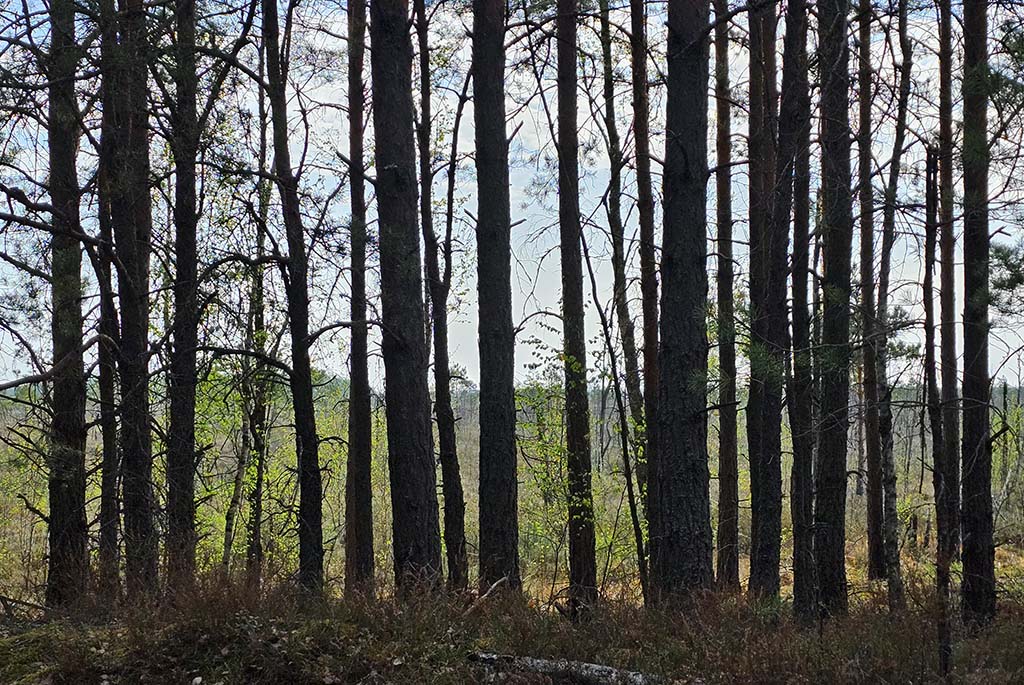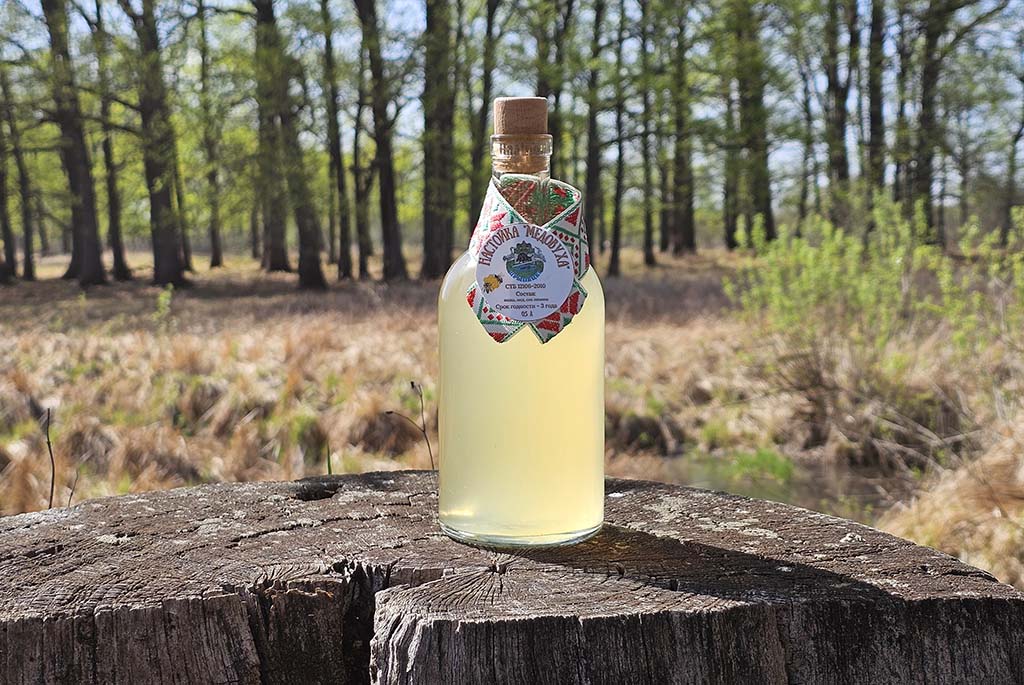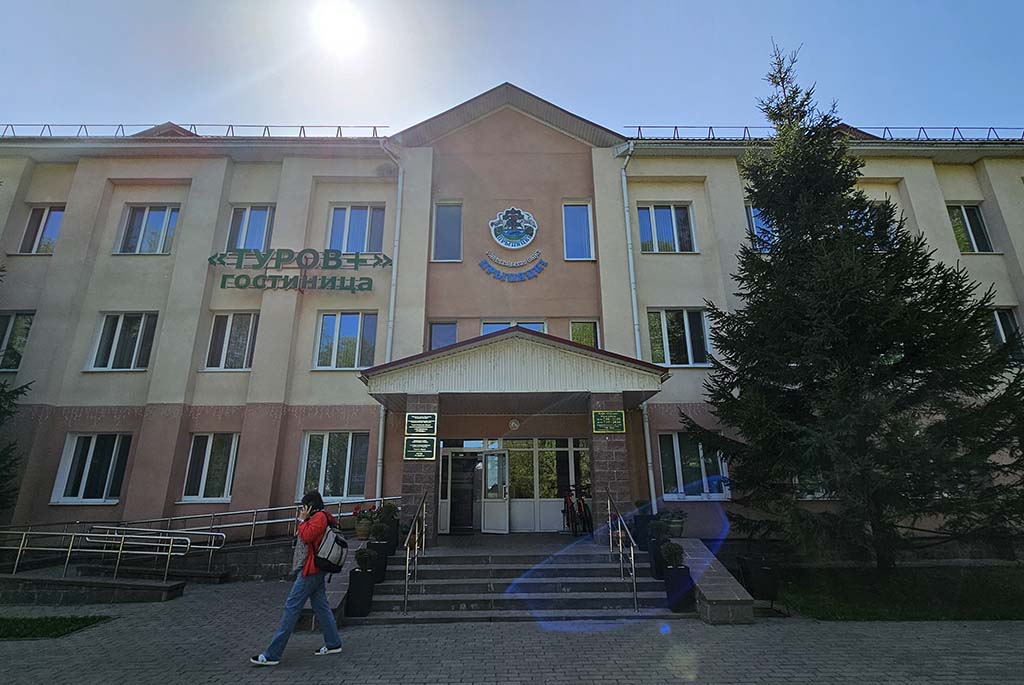In the south of Belarus, in the very heart of Polesia, lies one of the most picturesque corners of the country – Pripyatsky National Park. This is a unique place where you can immerse yourself in untouched nature, hear the songs of rare birds, breathe in the scent of oak forests after rain, and witness the birth of morning over misty swamps. The park impresses with its biological diversity, unspoiled landscapes, and atmosphere of true harmony with nature. It is an ideal destination for ecological and educational tourism–one that inspires and stays in your memory for a long time.
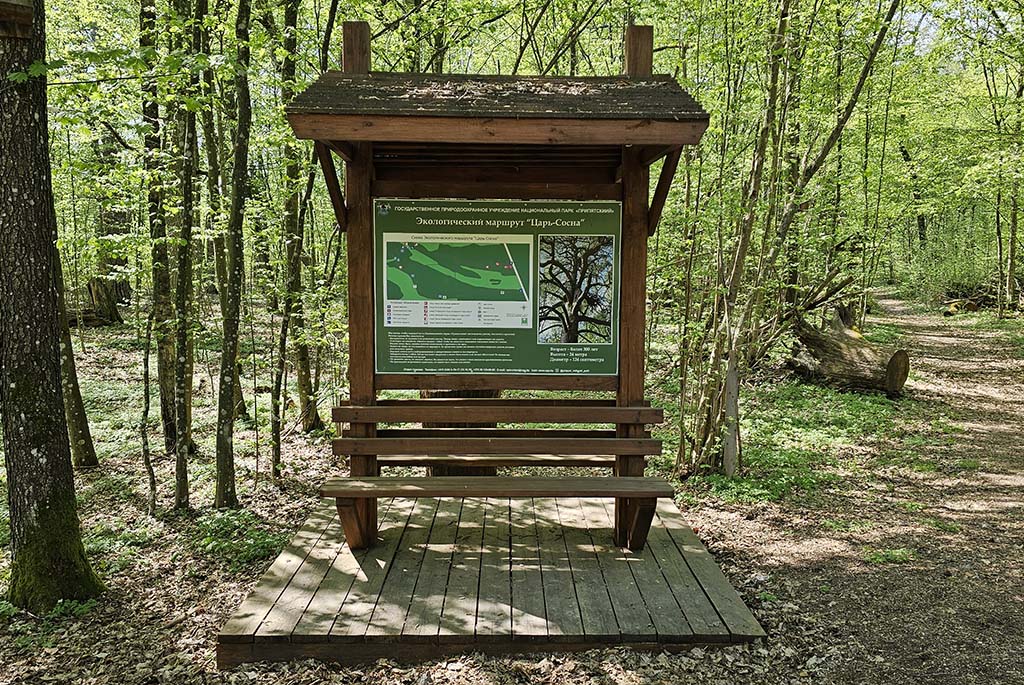
History and Geography
The park's history dates back to 1969, when it was established as a state landscape-hydrological reserve. In 1996, it gained national park status and is now one of the main natural attractions of Belarus. Pripyatsky covers an area of about 190,000 hectares, making it the second-largest national park in the country. It spans the Petrikovsky, Zhitkovichsky, and Lelchitsky districts of the Gomel region and stretches across the scenic interfluve of the Pripyat, Stviga, and Ubort rivers.
The terrain here is predominantly flat, and a distinctive feature is the high level of swamping and frequent spring floods, which create temporary water bodies and lakes. During the flood season, vast expanses of water appear–poetically called the "Sea of Herodotus," in honor of the ancient Greek historian who described these lands in antiquity.
Landscapes and Natural Wealth
Pripyatsky National Park is a true treasure trove of natural ecosystems. Approximately 95% of its territory is covered by forests dominated by oak groves, willows, spruce, and pine trees. These forests are interspersed with swamps, meadows, and floodplain lakes. The park is home to over 1,000 species of vascular plants, including more than 40 species listed in the Red Book of Belarus. Here you can find rare orchids, lady’s slipper, water chestnut, and other unique representatives of the flora.
The swamp-meadow part of the park has a special charm, transforming into a true kingdom of water and life in spring. It is an ideal place for observing seasonal bird migrations and the birth of new generations of animals.
Wildlife: Rarity and Diversity
The park’s fauna is also impressive, with more than 50 species of mammals living in its territory. These include majestic European bison, lynxes, wild boars, badgers, otters, minks, and even the endangered European mink. Roe deer, moose, and wolves roam the forests, along with numerous smaller animals such as squirrels, hares, and various rodents.
However, the true pride of the park is its birdlife. Over 250 bird species have been recorded here–almost 80% of all species found in Belarus. Among them are the osprey, black stork, greater spotted eagle, little grebe, and grey crane, along with many other rare and protected species. In spring and autumn, Pripyatsky becomes a hotspot for spectacular bird migrations, attracting ornithologists and photographers from around the world.
Tourism, Eco-trails, and Museums
The park is well-equipped for visitors. It offers comfortable tourist complexes–"Lyaskovichi," "Sosny," and "Turov." Guests can enjoy cozy accommodations, guided tours, boat and motorboat rides, photo safaris, and hikes along eco-trails.
Families with children and history lovers will enjoy visiting the park’s Nature Museum and the open-air historical and cultural complex. Here, you can learn about the traditional lifestyle of ancient Poleshuks, their customs, crafts, and daily life. There's also a petting zoo and opportunities to take part in folk festivals.
Fishing, Hunting, and Seasonal Activities
For active recreation enthusiasts, the park offers excellent fishing opportunities: its waters are home to pike, zander, bream, catfish, perch, and other species. Additionally, licensed hunting tours are organized with the park administration's permission. All activities are conducted under expert supervision and in compliance with conservation regulations.
In summer, water tours are especially popular; in winter, visitors enjoy ski hikes and tracking wild animals by their prints in the snow. Autumn is the time for mushroom-picking tours and golden photo landscapes. Each season in the park has its own unique magic.
How to Get There
The park’s administrative center is located in the agro-town of Lyaskovichi, about 250 km from Minsk. You can reach it by car or by bus to Petrikov, Turov, or Zhitkovichi, where transfers to Lyaskovichi are available. Guided tours, accommodation, meals, and transport can all be arranged upon request.
Pripyatsky National Park is more than just a protected area. It is the living heart of Polesia, a place of power and inspiration that you’ll want to return to again and again. Here, you’ll find true silence, ancient nature, and unforgettable experiences. Treat yourself to this journey–and discover a new side of Belarus.
